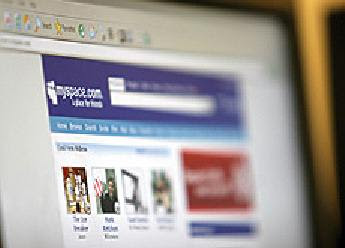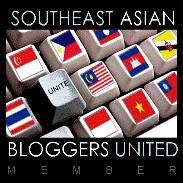In tunes with the times

Internet usage that involves online collaboration, networking between individual users, and user-created content - known as Web 2.0 - is growing rapidly and is changing our daily lives.
In this new era of inter-activity, we must be aware of what is taking place on the internet and in social media spaces like MySpace, Wikipedia, and Second Life.
What is Web 2.0?
The term "Web 2.0" describes online activities, sites, and applications that allow individuals to interact in online communities, directly exchange information with one another, and create their own content online. It involves technologies such as blogging, Wikis (i.e., websites such as Wikipedia that allow visitors to add, remove, edit, and change content, typically without the need for registration), social networking sites such as Facebook, MySpace, LinkedIn, and Classmates.com, virtual meeting places such as Second Life or FunkySexyCool, media sharing sites such as YouTube and Flickr, podcasting and vidcasting.
Web 2.0 also describes the new ways in which people use the web, such as writing a blog rather than creating a static personal site; participating in social networking sites rather than sending emails to isolated colleagues; or accessing voice-over-internet protocol (VoIP) rather than using landline phone services. In general, Web 2.0 sites are distinguished by the wide-scale harnessing of collective intelligence - such as that which goes into creating Wikipedia, the ubiquitous online encyclopedia - and the enlisting of virtual users as content co-developers.
The scale of Web 2.0 activity is astonishing. For example, MySpace, a social networking site, boasts 120 million users with a half a million new users added per week.
YouTube, a site that hosts user-generated videos, has 100 million video clips downloaded per day and 65,000 video clips uploaded. Flickr, an online photo management and sharing application, has 7 million page views per day.
Web 2.0 is a worldwide phenomenon
In terms of sheer numbers, Web 2.0 usage is indeed revealing itself to be a mass phenomenon. Worldwide, 50% of individuals who use the internet report that they use social media sites such as Facebook, MySpace, Friendster, and Hi5 - resulting in more than 420 million Web 2.0 users globally.
In the United States, 71% of users report visiting social media sites at least once a week. This is number is 73% in Germany and 41% in the United Kingdom.
Penetration of Web 2.0 sites in the Middle East is not yet as prevalent; only 15% of users in Arab countries report that they frequently visit Web 2.0 sites. Of the sites that Middle East users did report visiting frequently, Amazon, Wikipedia, Hi5, and YouTube topped the list, followed sequentially by Mp3.com, MySpace, Blogger, and iTunes. 
Web 2.0 usage is prevalent across both genders and all age groups
Contrary to popular belief, the phenomenon of Web 2.0 usage is not just a "young male" trend. Worldwide, people of all ages, both male and female, are using these sites.
In the Middle East, usage fell along more traditional lines. Usage continues to be dominated by younger males - even at very established sites such as Amazon. However, this too is expected to evolve as sites become more established and their audience grows.
Web 2.0 users share and participate
One of the hallmarks of Web 2.0 is that users play the role not just of observers, but also of active content creators. The significant numbers of users are sharing content - as well as private information - online.
For example, of the MySpace users, 78% in the United States, 70% in the United Kingdom, 51% in Germany, and 52% in the Middle East - report having created their own online content in recent weeks.
Creating web content for Middle East users, means a variety of things: Creating web pages, writing personal blogs, uploading photos, music, or videos, and even participating in online gaming.















No comments:
Post a Comment